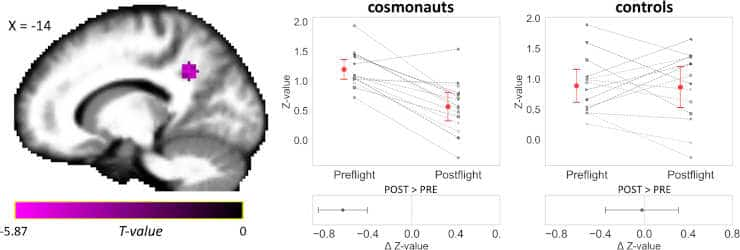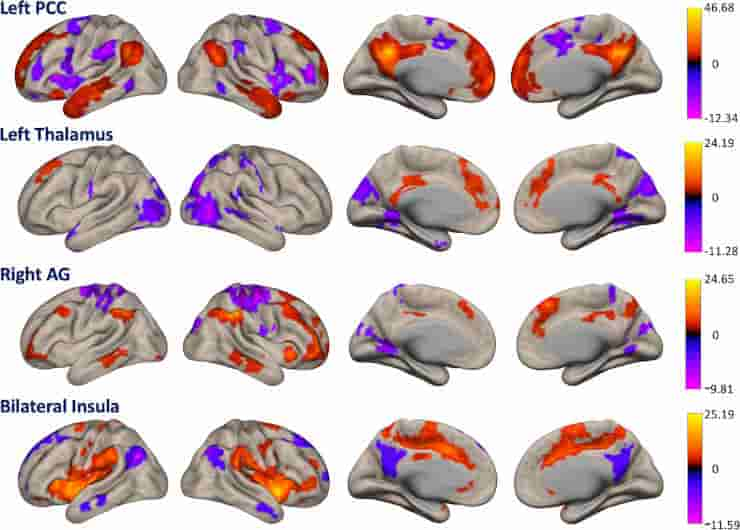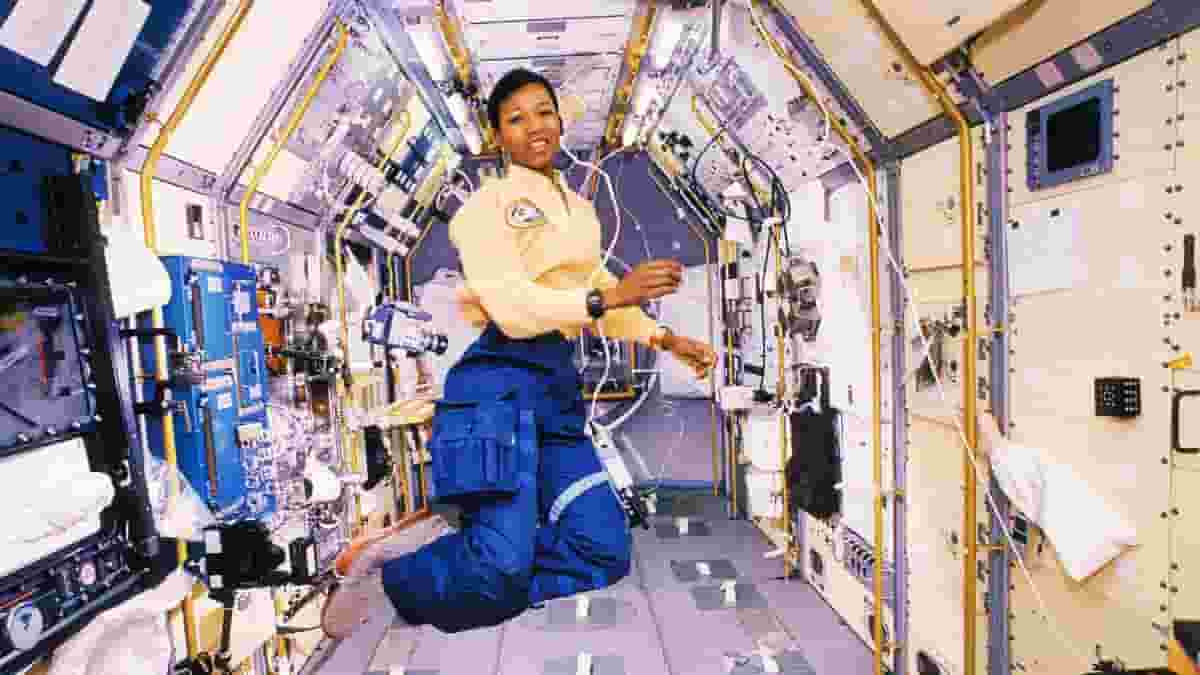A child who learns not to drop a glass on the floor or a football player who predicts the trajectory of an incoming ball to catch it perfectly are examples of how the brain incorporates physical laws of gravity to function optimally on Earth. The brain even consolidates and unzips muscle memory for more complex learned movements, like dancing.
However, astronauts who travel to space live in a weightless environment where the brain’s gravity rules no longer apply. Gray matter volume changes physically in some areas of astronauts’ brains during spaceflight, but it increases in areas that regulate leg movement and process sensory data from the legs, according to previous MRI studies.
Now, a new study on cosmonaut brain function has revealed how the organization of the brain changes after a six-month mission to the International Space Station (ISS), demonstrating the adaptation required to live in weightlessness.
Functional Connectivity Alterations
The University of Antwerp has led the BRAIN-DTI scientific project through the European Space Agency. Before and after their space mission, 14 astronauts’ brains were scanned with magnetic resonance imaging (MRI).

Credit: Communications Biology, 2023; 6 (1) DOI: 10.1038/s42003-022-04382-w
The researchers used a special MRI technique to collect the astronauts’ brain data while they were resting rather than having them perform a specific task. The researchers used this resting-state functional MRI technique to investigate the brain’s default state and determine whether it changes after long-duration spaceflight.
Recent studies of the brain’s activity while at rest have shown, in collaboration with the University of Liège, how functional connectivity, a marker of how activity in some brain areas is correlated with the activity in others, changes in particular regions.
Brain Changes Retained on Earth
The researchers discovered that connectivity was altered after spaceflight in regions that support integrating multiple types of information rather than dealing with only one type at a time, such as auditory, movement, or visual data.
“Moreover, we found that some of these altered communication patterns were retained throughout 8 months of being back on Earth. At the same time, some brain changes returned to the level of how the areas were functioning before the space mission,”
said the University of Antwerp’s Steven Jillings and Floris Wuyts.

Credit: Communications Biology, 2023; 6 (1) DOI: 10.1038/s42003-022-04382-w
Two scenarios are plausible: retained changes in brain communication may indicate a learning effect, whereas transient changes may indicate more acute adaptation to changed gravity levels.
“This dataset is so special as their participants themselves. Back in 2016, we were historically the first to show how spaceflight may affect brain function on a single cosmonaut. Some years later we are now in a unique position to investigate the brains of more astronauts, several times. Therefore, we are deciphering the potential of the human brain all the more in confidence,”
said Dr. Athena Demertzi, co-supervisor of the work.
Behavioural Consequences Unknown
Understanding the physiological and behavioural changes brought about by weightlessness is critical for planning human space exploration.
“Therefore, mapping changes of brain function using neuroimaging techniques as done in this work is an important step to prepare the new generation of astronauts for longer missions,”
said future ESA astronaut Raphaël Liégeois.
The researchers are excited about the findings but recognize that it is only the first step in furthering our understanding of how brain communication changes after space travel.
For example, we still need to investigate the exact behavioural consequences of these brain communication changes. It also needs to be determined whether longer time spent in outer space influences these observations and whether brain characteristics can be used to select future astronauts or to monitor them during and after space travel.
Reference:
- Steven Jillings, Ekaterina Pechenkova, Elena Tomilovskaya, Ilya Rukavishnikov, Ben Jeurissen, Angelique Van Ombergen, Inna Nosikova, Alena Rumshiskaya, Liudmila Litvinova, Jitka Annen, Chloë De Laet, Catho Schoenmaekers, Jan Sijbers, Victor Petrovichev, Stefan Sunaert, Paul M. Parizel, Valentin Sinitsyn, Peter zu Eulenburg, Steven Laureys, Athena Demertzi, Floris L. Wuyts. Prolonged microgravity induces reversible and persistent changes on human cerebral connectivity. Commun Biol 6, 46 (2023) DOI: 10.1038/s42003-022-04382-w
